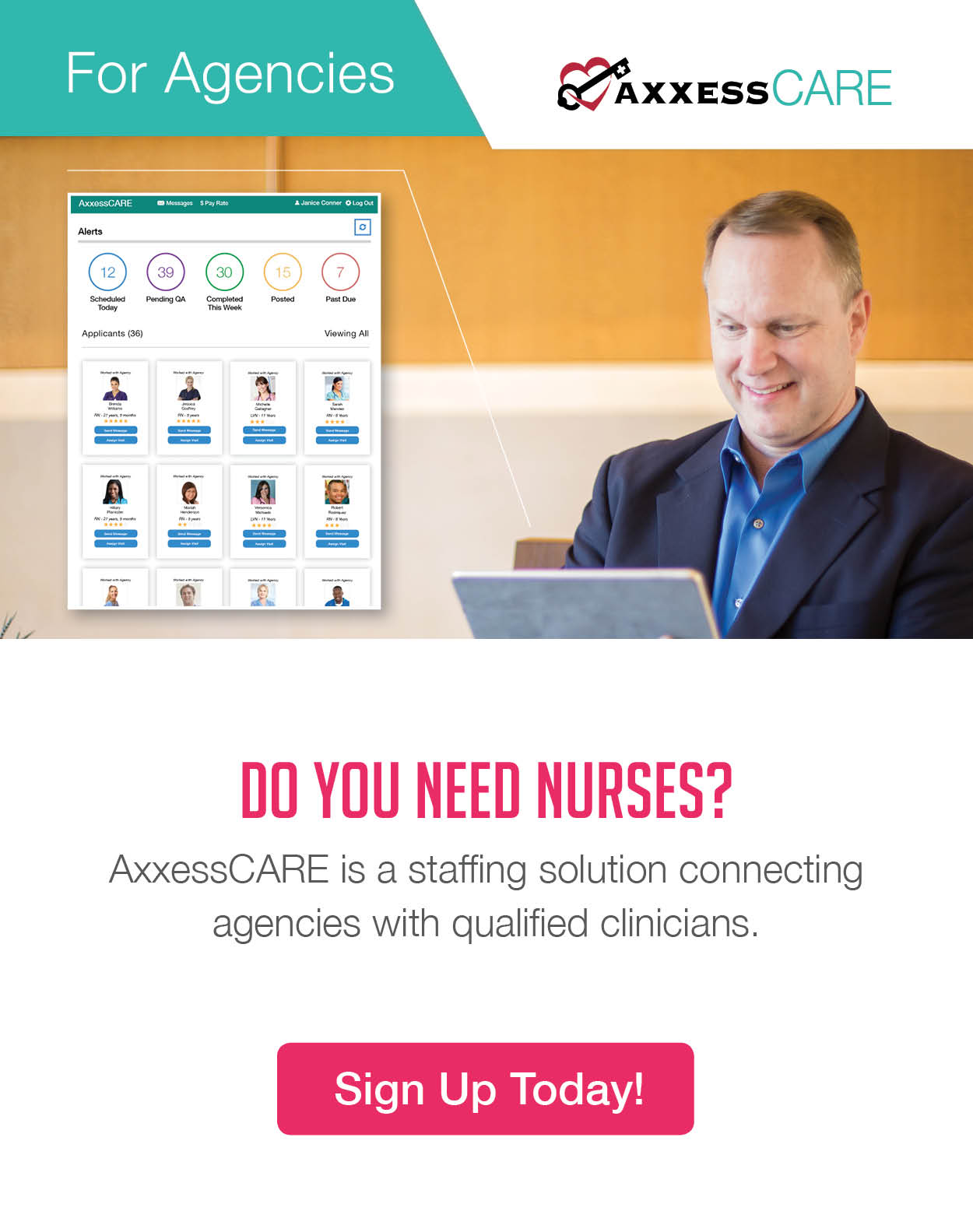Change has always been a constant in home healthcare, so agencies always need to be ahead of the changes to succeed in our industry. 2016 has been no exception. In a webinar held earlier this year by the Texas Association for Home Care and Hospice, Liles Parker PLLC identified the top 10 risks that agencies face today.
This blog series will take a close look at each of these issues, and how agencies can manage change to thrive in today's environment.
- Compliance Enforcement
- Exclusion Screening
- Regulatory Pressure on Contractors
- Prepayment Reviews / Suspension Actions / Postpayment Audits
- Changes to the Administrative Appeals Process
- Recent Civil Liability - False Claims Act
- Recent Criminal Prosecutions
- HIPAA Privacy Breach Liability
- Social Media Update
- Employment Issues.
Today we'll take a look at the issue of compliance enforcement and how it has unfolded. The Pre-Claim Review Demonstration of Home Health Service (CMS-6069-N) is evidence of how compliance enforcement has increased. Especially in South Florida and South Texas which were designated as the top two areas for Medicare fraud, whether the fraud is intentional or not. It is no longer a question if you should have a compliance plan. The question now is, "What is your compliance plan?" Every agency needs to regularly review and update their plan to identify any vulnerabilities which could adversely affect their agency.
The seven core elements of a compliance plan which follow, are delineated at C.F.R. 422.503(b)(4)(vi) and C.F.R. 423.504(b)(4)(vi) and based on the Health and Human Services Office of Inspector General (HHS OIG) recommendations from 1998.
- Implementing written policies, procedures and standards of conduct.
- Designating a compliance officer and compliance committee.
- Conducting effective training and education.
- Developing effective lines of communication.
- Enforcing standards through well-publicized disciplinary guidelines.
- Conducting internal monitoring and auditing.
- Responding promptly to detected offenses and developing corrective action.
This guidance applies to all home health agencies regardless of size, structure, or complexity, and needs to be tailored to best suit your unique organizational structure. Such a program also makes good business sense, helping an agency fulfill its fundamental caregiving mission to patients and the community, and helps assist home health agencies in identifying weaknesses in internal systems and management.
The following are some additional ways a compliance program benefits agencies:
- Demonstrates an agency's strong commitment to honest and responsible provider and corporate conduct with its employees and its community
- Sets an example of employee and contractor behavior relating to fraud and abuse
- Identifies and prevents illegal and unethical conduct
- Improves the quality, efficiency, and consistency of patient care
Here are some ideas to strengthen your compliance program:
- Create a centralized source for information on health care statutes, regulations, and other program directives related to fraud and abuse and related issues
- Formulate a methodology that encourages employees to report potential problems
- Develop procedures that allow the prompt, thorough investigation of alleged misconduct by corporate officers, managers, employees, independent contractors, consultants, nurses, and other healthcare professionals
- Initiate immediate, appropriate, and decisive corrective action for compliance issues identified in the organization
- Minimize, through early detection and reporting, the loss to the government from false claims, and thereby reduce the home health agency's exposure to civil damages and penalties, criminal sanctions, and administrative remedies, such as program exclusion
Recent enforcement cases have made it clear that providers without an effective compliance plan in place are being held accountable for their failure to take steps to avoid regulatory violations. If there is ever a problem identified with your agency, your conduct and your efforts to comply with current rules and regulations will be assessed according to your compliance plan. Your compliance plan must address your organization's specific risk areas.
In the next blog, we will review a number of the specific concerns identified by the OIG which an agency's compliance plan should ensure are addressed.




